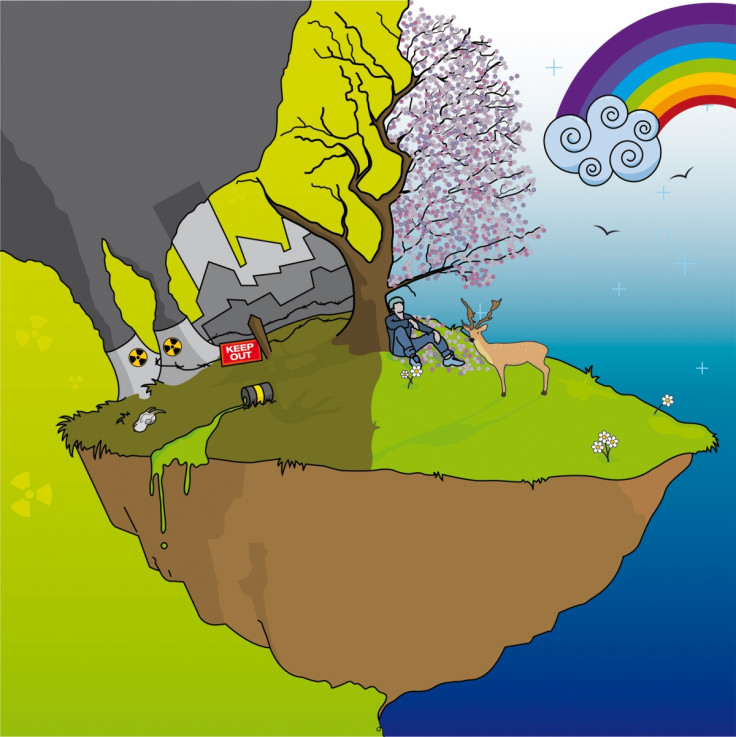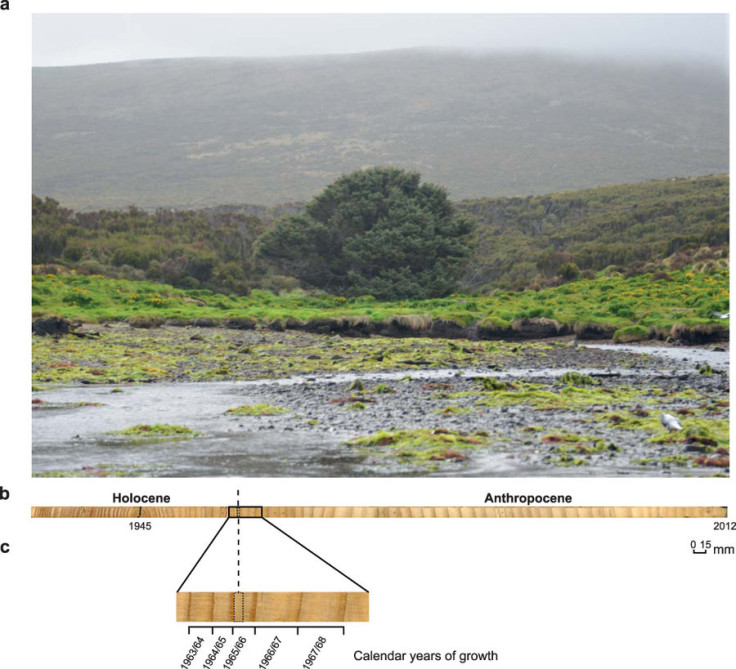Loneliest tree in the world serves as a perfect record of how humans have permanently altered Earth
Evidence that we have entered the Anthropocene epoch has been presented by scientists.

A lone tree in the Campbell Islands in New Zealand has been found to have a perfect record of human activity in terms of environmental impact and pollution, including nuclear and radioactive waste dumped into the atmosphere since the 1960s.
A recent study published in Scientific Reports has defined the current epoch (the geologic timescale) as "Anthropocene", which is derived from anthropogenic and translates to "of human impact". Researchers have called it so because they believe that for the first time in the planet's history, humans have not only dominated the planet, they have also "profoundly and permanently altered the Earth system".
Human activity, the researchers say, has impacted the planet to such an extent that it is comparable to the asteroid that killed the dinosaurs to end the Cretaceous period and marked the beginning of the Palaeogene, noted a report in Live Science.
The study involved looking for readings related to peak atmospheric radiocarbons that were leaked into the atmosphere as a result of extensive thermonuclear bomb testing that was carried out in the 1950s and 1960s, with scientists taking tree ring core samples and studying them carefully.
Campbell Islands, off the coast of New Zealand, is uninhabited, remote and pristine, and was chosen as the spot to make these readings. The island's only tree – a Sitka spruce was able to accurately show that the "bomb peak" took place in the last quarter of 1965.

Researchers turned to the lone tree because it was not native to the island, but planted there in 1907. It is the world's 'loneliest' tree, with the nearest one over 160 km away from it. According to the study's logic, if anything had happened in the atmosphere and affected the tree so far south, it was bound to have affected almost the entire Earth.
Considering that nuclear testing was mostly done in the northern hemisphere earlier and core samples of the tree showed elevated carbon-14 levels that matched the time period when it happened, the study concluded that it was a marker for the beginning of the Anthropocene.
Carbon-14, noted the report, has a half-life of over 6,000 years. So even if scientists were to look for this line in the Earth's history thousands of years from now, they will find it intact not just in vegetation, but also in the soil and marine sediments. Shrubs and other plants on the island also have this record intact, as per the report.
The definite divide between the Cretaceous period and the start of the Palaeogene was marked by a significant spike in the planet's iridium levels, possibly from the iridium-rich asteroid that crashed into the Earth.
Similarly, to mark the beginning of the Anthropocene, there needs to be a clear line that divides it from the Holocene. One of the indicators is a marked spike in greenhouse gases about 8,000 years ago. It was the first time humans started to cut down trees and make way for construction and formal cultivation.
Another contender for this demarcation is the sudden spike in carbon dioxide levels in the mid 1800s – the start of the industrial revolution. The "Great Acceleration", or the massive spike in human population post WWII, was also considered as a clean line where the next epoch could be marked. However, human population growth was not even throughout the planet.
The Anthropocene epoch, however, is reported to still be hotly debated among geologists because of all the confusion in its definition. This data from the world's loneliest tree, however, could finally settle it.





















